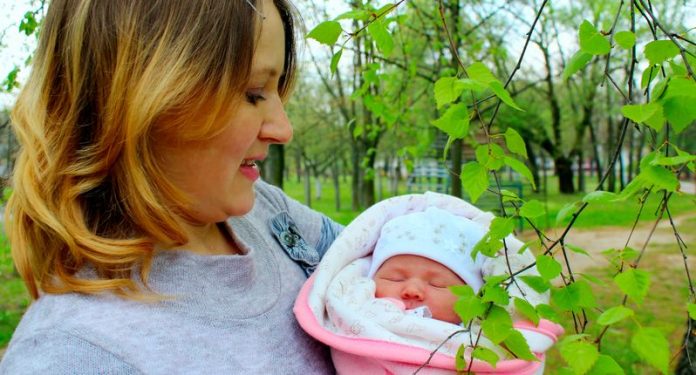Has it ever crossed your mind that even your little 8-week-old baby can have her own thoughts and needs?
Yes, actually they have many more things cooking up inside their tiny heads than you can actually imagine of. Its a pity that they cannot express what they feel inside.
But what if your small angel could have spoken out what bothers her instead of crying it out to her hearts content? What if your child could point out the exact location where she is having a pain?
What if only your little boy could tell you what keeps him awake through the chilly December nights?
Well, all these could have been brushed off as bogus, if they were not supported by a number of path breaking researches.
It all started in America in the late 1980s. Original researches relating to baby signing started to take place in a number of universities this time around.
The researches were however divided into two main blocks: one camp led by Joseph Garcia and another led by Linda Acredolo and Susan Goodwyn.
The wide experience as an interpreter helped Garcia to coin his theory on baby sign language.
His interaction with the deaf community helped him to notice that the normal children by deaf parents pick up and use the signing language long before they start to speak.
His long and varied experience resulted in the development of American Sign Language. His research involved hearing babies who were exposed to signs on a constant basis.
The research concluded that the babies that start training in signing language at six to seven months of age are able to adequately communicate by the time they reach the age of eighth or ninth month.
The findings of Dr. Linda Acredolo and Susan Goodwyn were even more amazing. Their study proved that in comparison to non-signing babies
- The signing babies understood more words
- They possessed larger vocabularies
- They could be engaged in more matured plays
Parents of the signing babies also confirmed that their children displayed reduced level of frustration.
They also reported to experience an increased level of communication, and an enhanced bonding.
Another interesting finding of this study was that signing babies were reported to have an increased interest in books.
The research however did not end there; a revisit to those babies homes confirmed that the signing babies did better as they reached the age of seven to eight years.
In general, the signing babies displayed a better IQ than the babies that had not undergone signing training.
These researches of Garcia, Acredolo, and Goodwyn revolutionized the whole concept of the speech learning process.
They joined hands to spread the good words about the advantages of sign languages and pioneered their respective sign language training programs.
While Joseph Garcia developed the SIGN with your BABY program, Linda Acredolo and Susan Goodwyn co-authored a book called Baby Signs.
Both the works advocate the benefits of sign language training; only their approaches are different.
Joseph Garcia propagates the use of standard sign language like American Sign Language or British Sign Language.
The author duo Acredolo and Goodwyn on the other hand emphasizes on developing own signs for each infant and encourage the parents to follow those signs to develop a communication.
Whatever program you choose for your child, it helps to open up the window to the outer world before your child.
It also gives a positive direction to your child rearing efforts, as you constantly keep on following child’s focus of interest.

